Learn how to grow and care for the Pinky Winky Hydrangea, a unique two-toned flowering plant. Discover planting tips, maintenance advice, and how to enjoy its stunning blooms in your garden.
If you’re looking to add a touch of whimsy and elegance to your garden, the Pinky Winky Hydrangea is an excellent choice. This unique variety of hydrangea features two-toned blooms that captivate the eye. In this comprehensive guide, we’ll explore everything you need to know about growing and caring for the Pinky Winky Hydrangea.
Here is a chart with detailed information on the Pinky Winky Hydrangea:
| Category | Information |
|---|---|
| Botanical Name | Hydrangea paniculata ‘Pinky Winky’ |
| Common Name | Pinky Winky Hydrangea |
| Plant Type | Deciduous Shrub |
| Hardiness Zone | 3-8 |
| Sun Exposure | Full Sun to Partial Shade |
| Soil Type | Well-drained, Rich, Moist |
| Watering | Regular, Keep Soil Consistently Moist |
| Growth Habit | Upright, Rounded |
| Height/Spread | 6-8 feet tall / 6-8 feet wide |
| Special Features | Bi-color Flowers (White Turning to Pink), Long Blooming Season, Attracts Pollinators, Cold Hardy, Low Maintenance |
What is Pinky Winky Hydrangea?
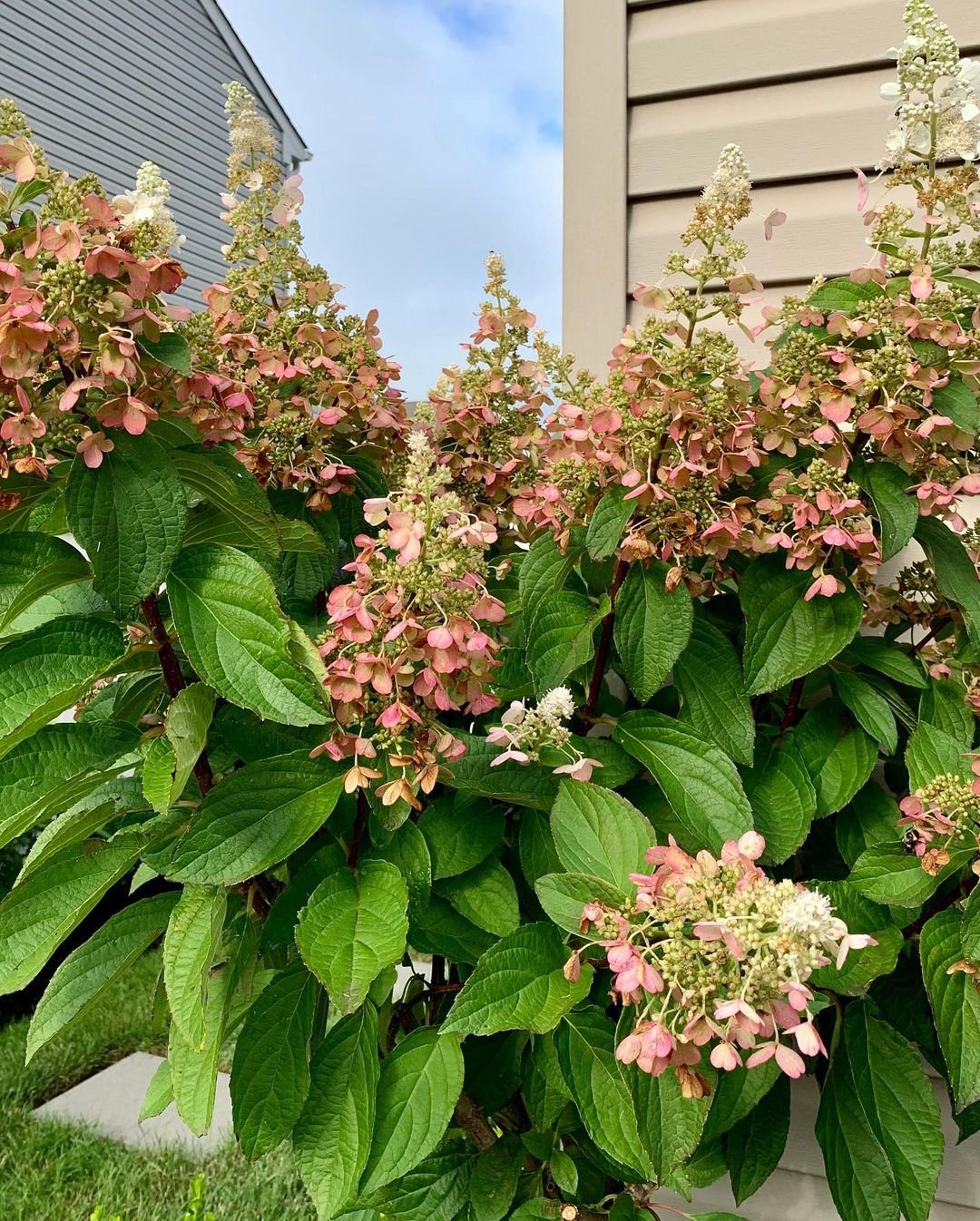
The Pinky Winky Hydrangea (Hydrangea paniculata ‘Renhy’) is a cultivar of the panicle hydrangea. It’s known for its large, cone-shaped flowers that start off white and gradually turn pink from the bottom up. This creates a striking, bicolor effect that sets it apart from other hydrangea varieties.
Some key features of the Pinky Winky Hydrangea:
- Grows 6-8 feet tall and wide
- Produces massive, conical flower heads up to 12 inches long
- Blooms in mid-summer through fall
- Tolerates full sun to partial shade
- Deciduous, meaning it loses its leaves in winter
The unique and eye-catching appearance of the Pinky Winky Hydrangea has made it a popular choice for both gardens and cut flower arrangements.
Planting and Caring for Pinky Winky Hydrangea
To ensure your Pinky Winky Hydrangea thrives,
follow these planting and care tips:
Choosing a Planting Site
- Select a spot that gets at least 6 hours of direct sunlight per day
- Ensure the soil is well-draining – hydrangeas don’t like soggy conditions
- Choose an area with enough room for the plant to spread out
Planting
- Dig a hole 2-3 times the width of the plant’s root ball
- Place the plant in the hole and backfill with soil, leaving the crown (where the stems meet the roots) at soil level
- Water thoroughly after planting
Watering
- Keep the soil consistently moist, especially during the first year
- Water 1-2 times per week, providing about 1 inch of water each time
- Adjust watering as needed based on rainfall and weather conditions
Fertilizing
- Feed your Pinky Winky Hydrangea in early spring with a balanced, slow-release fertilizer
- Use a fertilizer formulated for acid-loving plants like hydrangeas
- Follow the product instructions for the appropriate amount to apply
Pruning
- Prune in late winter or early spring before new growth appears
- Remove any dead, damaged, or crossing branches
- Thin out interior growth to improve air circulation
Winter Protection
- In cold climates, apply a 2-4 inch layer of mulch around the base of the plant
- This helps insulate the roots and prevent frost damage
Enjoying the Blooms
The showy, two-toned blooms of the Pinky Winky Hydrangea are the real star of the show. Here are some tips to make the most of their beauty:
Bloom Time
- Pinky Winky Hydrangeas typically bloom from mid-summer through fall
- The blooms start off white and gradually turn pink from the bottom up
Cutting Flowers
- The large, cone-shaped flower heads make excellent cut flowers
- Harvest stems in the morning and place them in water immediately
- Change the water daily to extend the vase life
Changing Bloom Color
- The bloom color of hydrangeas can be influenced by soil pH
- More acidic soils (pH 5.5 or lower) produce bluer blooms
- More alkaline soils (pH 6.0 or higher) result in pinker blooms
Common Issues and Troubleshooting
While Pinky Winky Hydrangeas are generally low-maintenance, they can sometimes encounter problems.
Here’s how to address some common issues:
Pests and Diseases
- Watch for aphids, thrips, or leafminers that may feed on the foliage
- Treat with insecticidal soap or neem oil if needed
- Provide good air circulation to prevent fungal diseases
Poor Flowering
- Insufficient sunlight can prevent or reduce flowering
- Make sure the plant is getting at least 6 hours of direct sun per day
- Ensure you’re not over-pruning, which can also limit bloom production
Wilting or Drooping
- This is often a sign of underwatering
- Check the soil moisture and water deeply if it’s dry
- Hydrangeas are thirsty plants, especially during hot, dry spells
Companion Plants for Pinky Winky Hydrangea
The Pinky Winky Hydrangea pairs beautifully with a variety of other plants in the garden.
Consider these companion options:
- Ornamental grasses (such as Miscanthus or Pennisetum)
- Perennials like coneflowers, salvias, or Russian sage
- Annuals like zinnias, cosmos, or marigolds
- Evergreen shrubs like azaleas or camellias
These plants can complement the Pinky Winky’s unique blooms and provide additional color, texture and interest throughout the growing season.
The Pinky Winky Hydrangea is a truly captivating addition to any garden. With its large, two-toned blooms and relatively low-maintenance care requirements, it’s no wonder this variety has become a favorite among gardeners.
By following the planting and care tips outlined in this guide, you can ensure your Pinky Winky Hydrangea thrives and provides you with stunning flowers year after year. Remember to choose the right planting location, keep the soil consistently moist, and prune at the right time to encourage optimal growth and flowering.
Whether you’re looking to add a focal point to your garden or create beautiful cut flower arrangements, the Pinky Winky Hydrangea is a versatile and enchanting choice. Embrace the unique charm of this hydrangea cultivar and enjoy the beauty it brings to your outdoor space.
For more gardening tips and plant care guides, visit usagardenhub.com

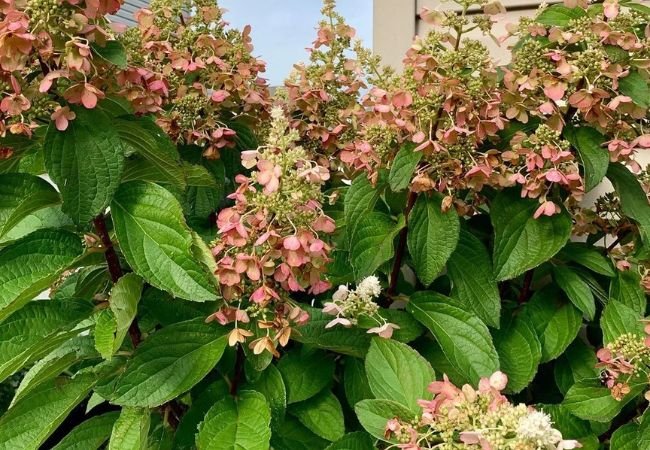
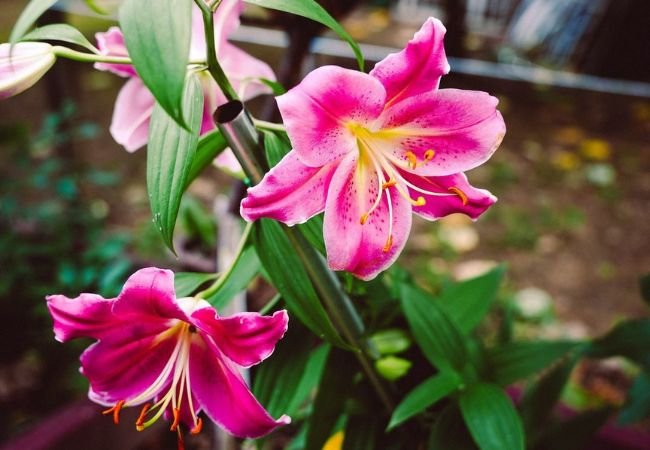
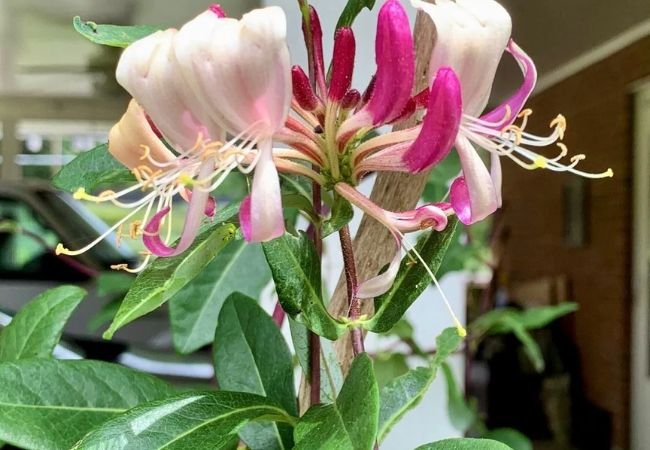
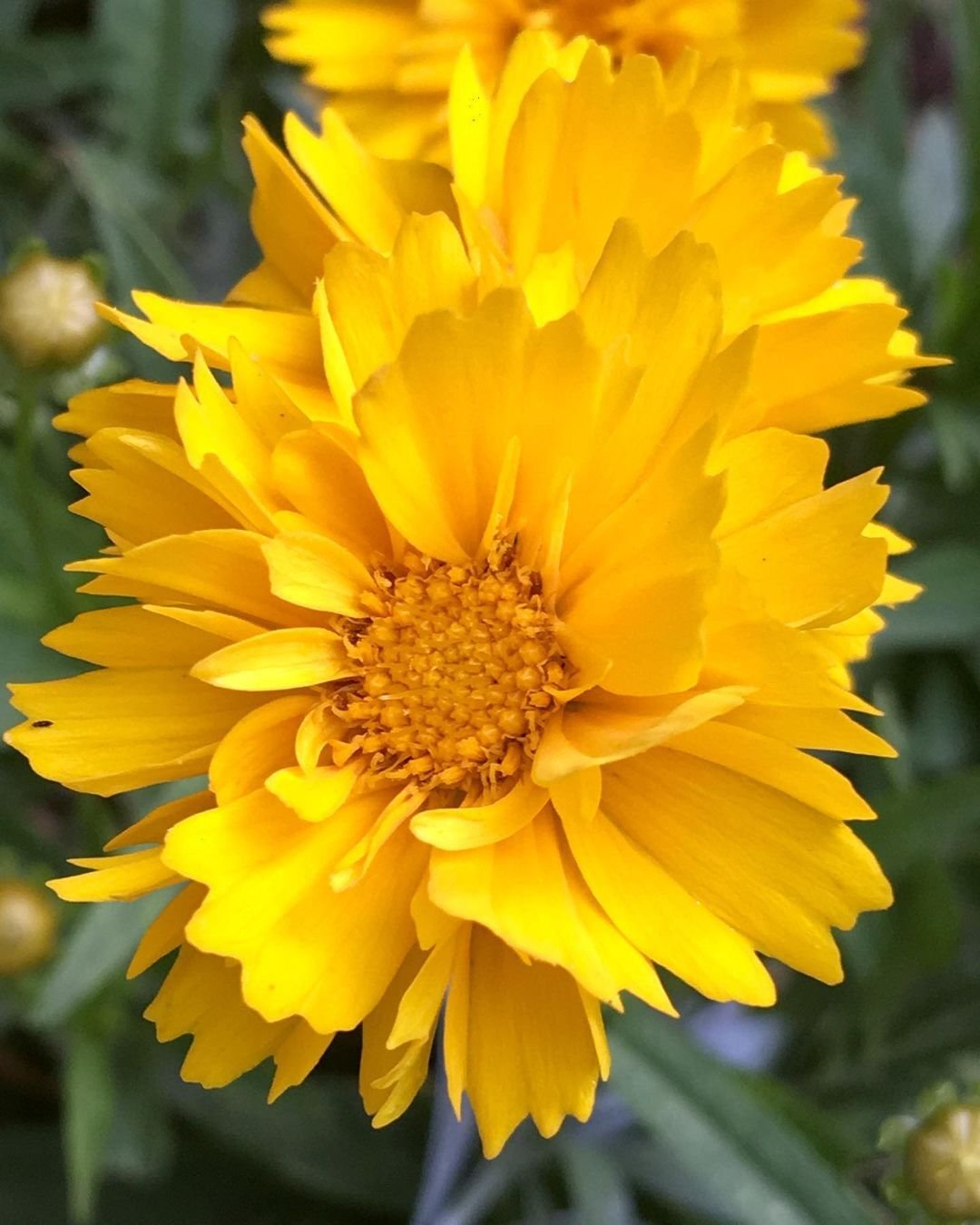
One thought on “Pinky Winky Hydrangea : A Complete Guide to Growing and Caring for This Unique Bloom”